Currently, ~39 million people live with HIV worldwide—1.5 million are children (0-14 years). Due to missed opportunities of prevention, early diagnosis, and treatment, children living with HIV have poorer HIV treatment coverage than adults and comprise a higher proportion of AIDS-related deaths. Since 2010, new HIV infections among children have declined by 58%, from 310,000 in 2010 to 130,000 in 2022.
Additionally, tuberculosis (TB) is the leading cause of death in people living with HIV. In 2022, 1.3 million people died from TB including 167,000 people with HIV and 183,000 children (0-14 years, HIV-negative). More than 80% of childhood TB deaths occur in those under the age of five. Similar to challenges in reaching children infected by HIV, child and adolescent TB is often overlooked by health providers and can be difficult to diagnose and treat.

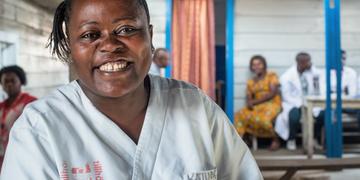
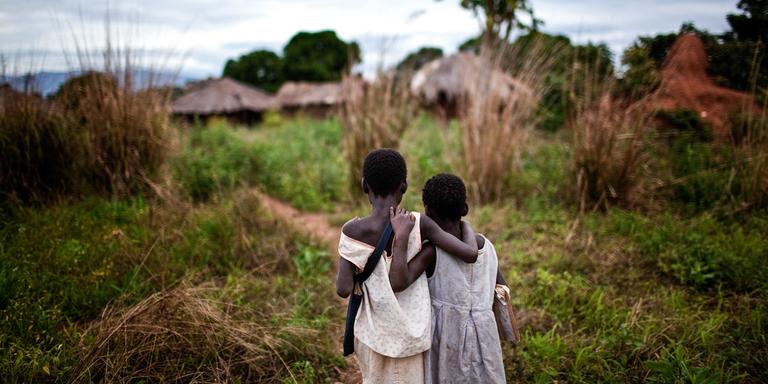
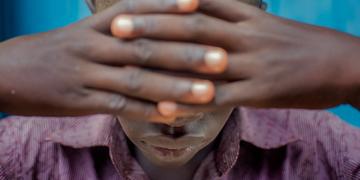
91²Ö¿â supports expanded access to comprehensive HIV prevention, care, treatment, and support services for children, women, and families, and key populations affected by HIV, focusing on countries with high rates of HIV and/or low levels of treatment and care. We work with governments, community-based groups, non-governmental local organizations, and donor institutions like the Global Fund, PEPFAR, UNICEF, UNAIDS, and the private sector to provide quality HIV programs.
Prevention
Our HIV prevention efforts expand access to quality information, services, and networks to reduce the risk of acquiring or transmitting HIV. We work with parents, teachers, and religious leaders to ensure children and adolescents get the help they need, and promote youth-friendly interventions that can help them to make healthy decisions and adopt protective practices. We advocate for a combination of testing services and prevention strategies, including: prevention of mother-to-child transmission of HIV (PMTCT), medications to reduce risk of HIV transmission (including pre-exposure prophylaxis), and behavior change actions, including use of condoms, low-risk sex, sex with partners of the same HIV status, and not having sex.
Care, Support & Treatment
Our programs focus on ensuring that HIV-positive children and adolescents are provided with a holistic package of treatment, care, and support services at all levels, improving not only their health, but also their social and economic status, and overall wellbeing. We improve community- and home-based care and support linkages to clinical services. Finally, using an integrated healthcare approach, we provide HIV and AIDS clinical care and services, including treatment of opportunistic infections and TB/HIV co-infections for adults and children.
Tuberculosis
Our TB work focuses on finding infected persons through active screening of adults, adolescents, and children, enhancing TB case detection, and provision of early treatment. We identify and address TB infection and disease in vulnerable populations, including people living with HIV, other key populations, and those affected by multidrug-resistant TB. We work with global and local partners, national ministries of health, community, and civil society stakeholders to raise awareness, support access to care in both public and private sectors, and strengthen managerial and technical capacities related to TB programming, monitoring, evaluation, and learning to provide high-quality data and information. Our strategy includes providing integrated programming for TB, HIV, and COVID-19, enhancing case detection in vulnerable populations by using family-centered approaches, and strengthening linkages and referral systems between facilities. We are dedicated to the World Health Organization’s goal of reaching zero TB deaths among all people, including young children who are more vulnerable in countries with a high TB burden.
Africa
Asia
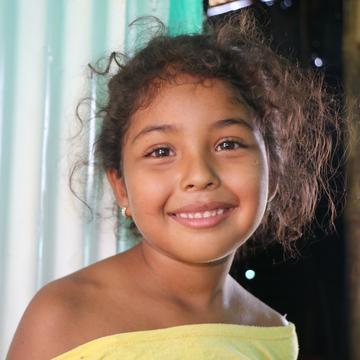

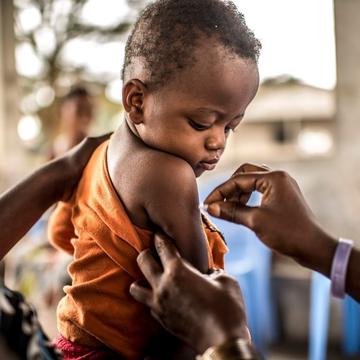
*Sources:
- Â Â Â Â (2023)
- Â Â Â Â (2021)
- Â Â Â Â (2023)

